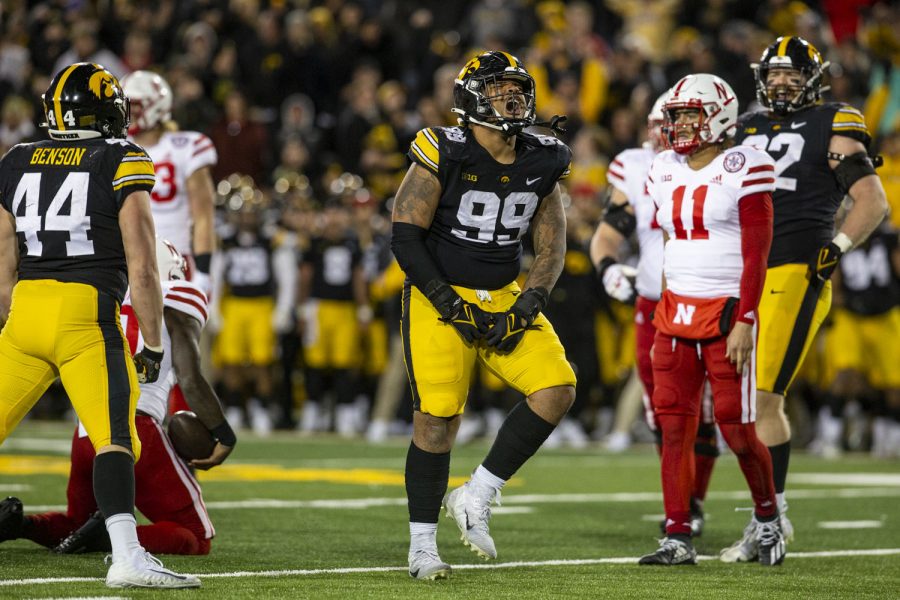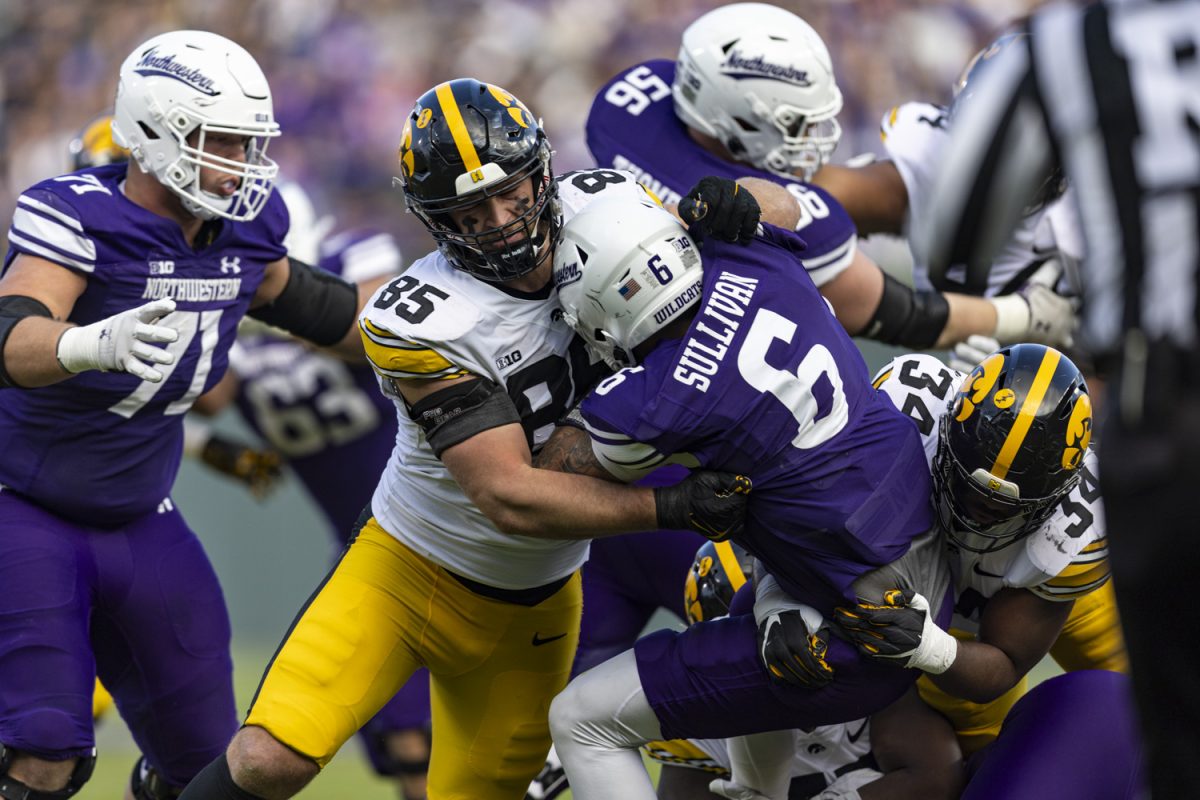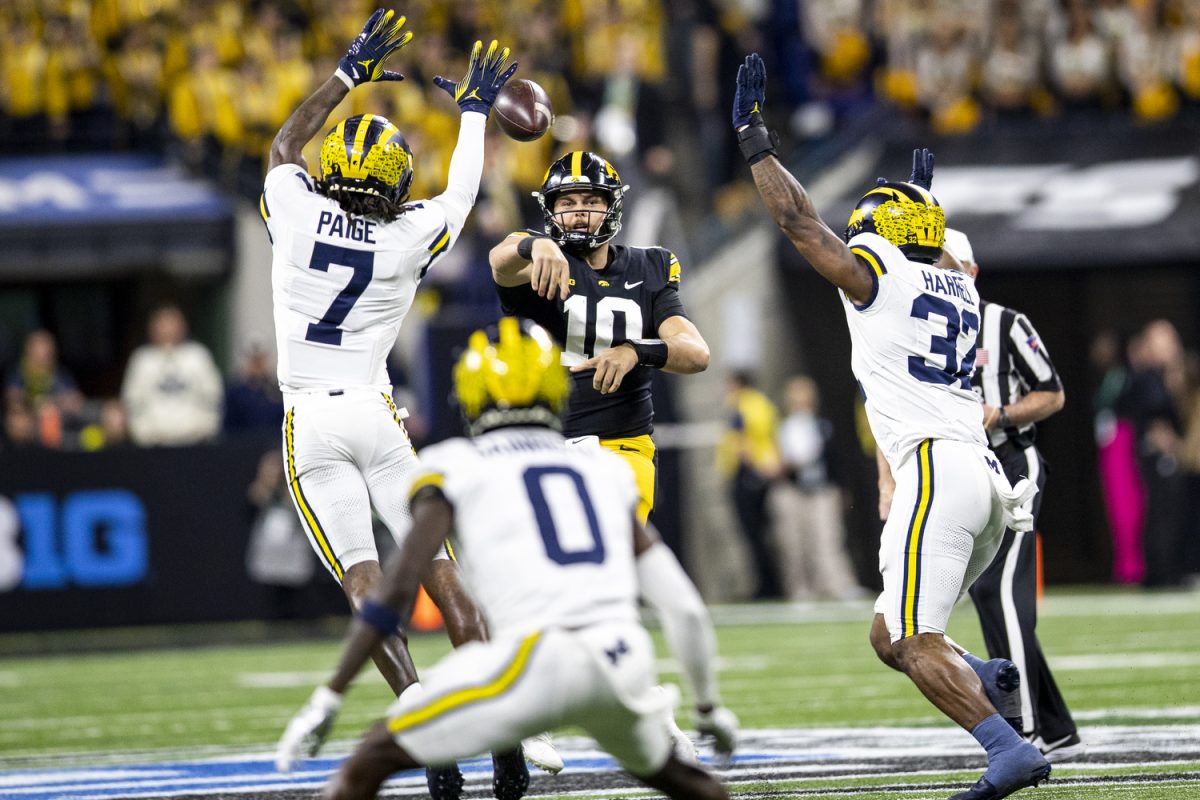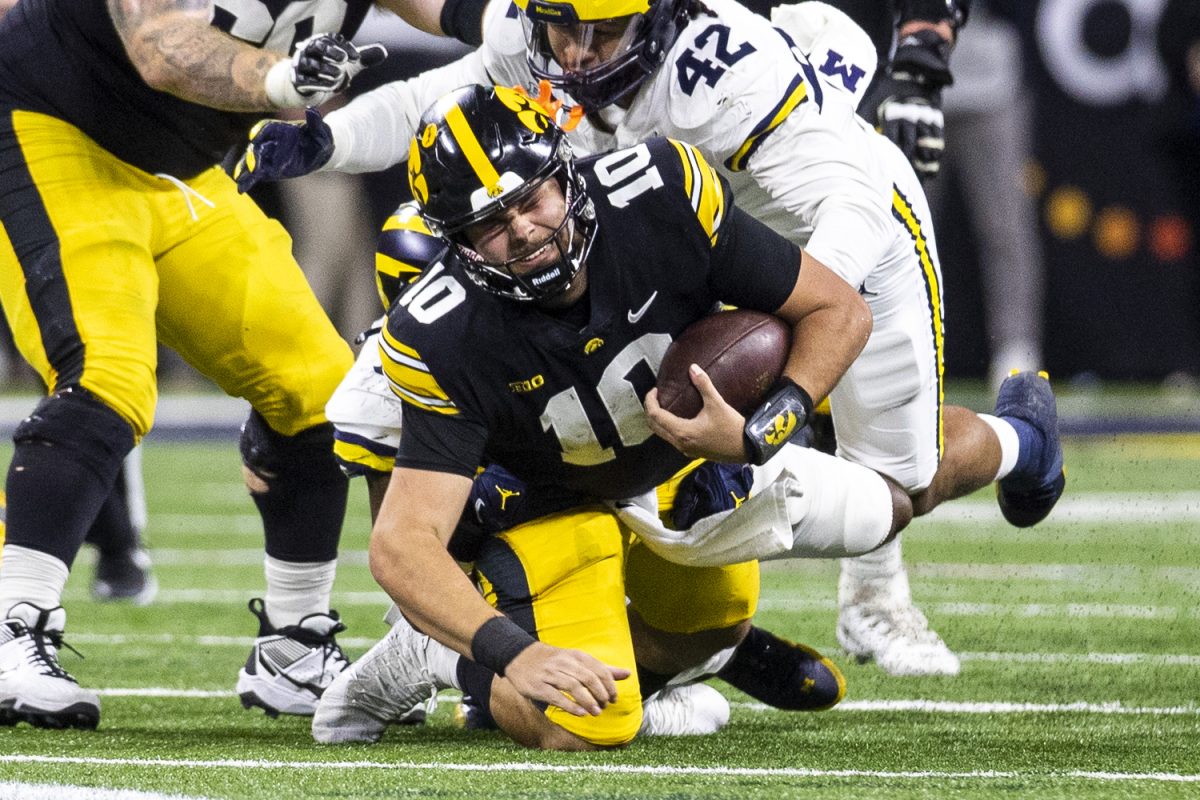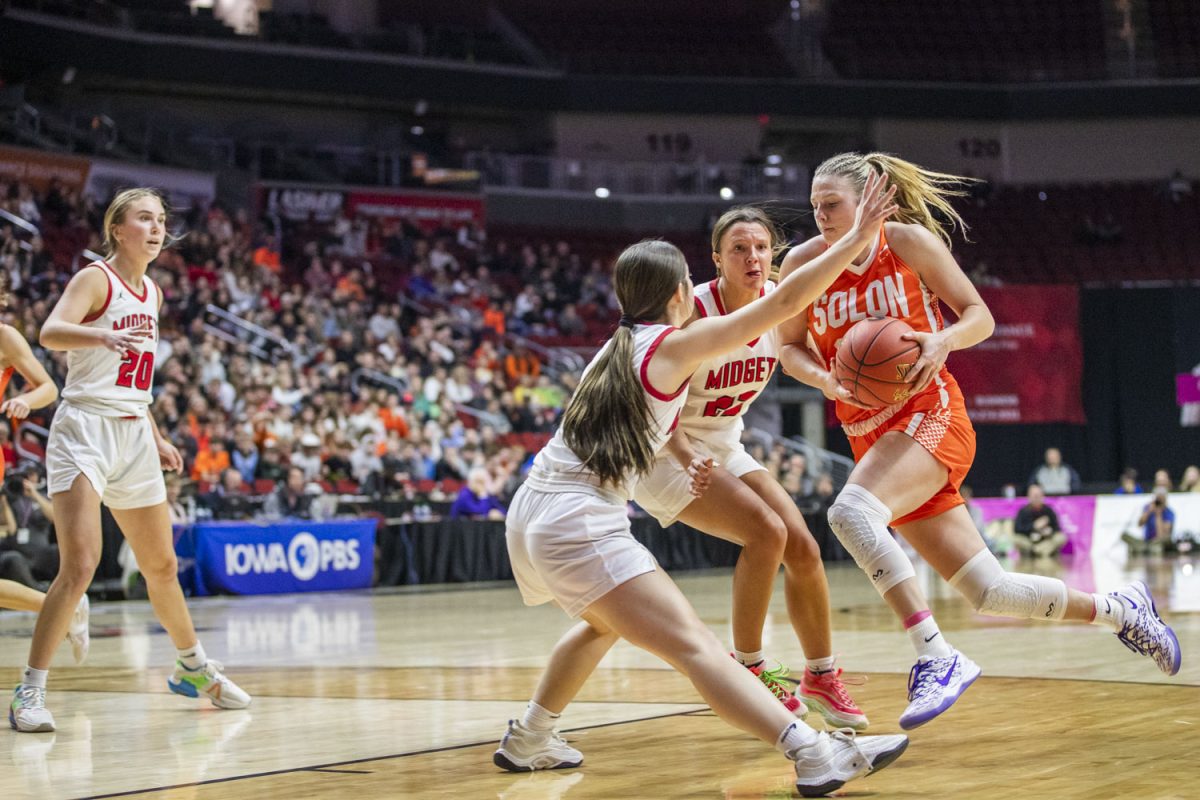Kirk Ferentz hasn’t changed; effective ball control is the difference.
By Charlie Green
A lot has been made about Iowa head coach Kirk Ferentz and his apparent overnight rebirth into the modern age of college football.
He’s been dubbed “Ferentz 2.0 and 3.0,” and he jokingly referred to himself earlier this season as the “new me.”
Sure, morning practices, a new and highly improved facility, and adrenaline-pumping hype videos have brought a fresh aura to the program. But in terms of philosophy, not much has changed. Iowa is still running the ball and playing defense, and perhaps most importantly, controlling the clock
“I think [game control] is just a byproduct,” center Austin Blythe said. “The defense goes out and gets a stop, and then we get the ball and take it 10, 11, 12, 13 plays, and try to take some time off the clock, and at the end of the drive score some points.”
This season, the Hawkeyes rank 11th nationally and third in the Big Ten in time of possession, controlling the ball for an average of 33:26 minutes per contest.
The two facets that play into that most, running and defense, are not coincidentally the foundation of the team’s success this season.
Defensively, the Hawks rank fourth in yards (286.6) and fifth in points (15.3) per game among Big Ten teams. They’ve been especially stout against the run, limiting the ball-control ability of programs built from the same brick.
The unit allows teams to convert around 33 percent of third downs, which is middle-of-the-pack in the conference. What it lacks in that department, it more than makes up for in turnovers. As of now, the Hawkeyes have forced 19 turnovers, one more than next-best Penn State — which has played one more game.
That mark ranks second nationally of teams that have played eight games. And each turnover gives the ball directly back to an offense that has shown an ability to sustain long and devastating drives.
Offensively, the Hawkeyes are averaging better than 200 yards per game on the ground through their first eight contests. Physicality from the line, to the fullbacks and tight ends, and even out to the receivers, tailors this offense to succeed at the tempo it pleases.
“Every offense wants to control the clock,” tackle Boone Myers said. “They want to control the game, control the ball, move it up and down the field at their tempo, and score points.
“We like to run the ball; we like to come up and block guys, and that’s how you take up time.”
On Oct. 3 against Wisconsin, the Hawkeyes controlled the ball for 29:14, the only game of the season they lost the possession battle.
In games against Illinois on Oct. 10 and Oct. 17 at Northwestern, the team had its two most productive games running the ball to date. As a result, it had its top outputs in possession time as well.
“That’s just kind of the way our offense works; run the ball with a few passes here and there,” fullback Adam Cox said. “I think that just happens when you run the ball effectively. The clock runs, your team’s [offense is] on the field, and the other team’s [offense is] off the field.”
It’s a style that has also helped alleviate a lack of production from quarterback C.J. Beathard and the passing game, which has fallen off a cliff since the start of the Big Ten schedule.
A revival in passing is probably going to be necessary in the road ahead, both on third down and for more balance in general. But the most important facet offensively for time of possession is the ability to run, because it has allowed the Hawks to wear down opponents late in games and keep the ball in their hands for extended stretches.
Continued strength on defense is the other part of the formula. It looked shaky in the final quarter against Maryland after shutting the Terps down for the first three. On the whole, it’s been exceptional in the second half all season long.
“I think any traits of Coach Ferentz’s good teams have been good offense, defense, and special teams, playing together,” Blythe said. “And I think that’s how we’re playing now, understanding that all three phases have to play together.”





